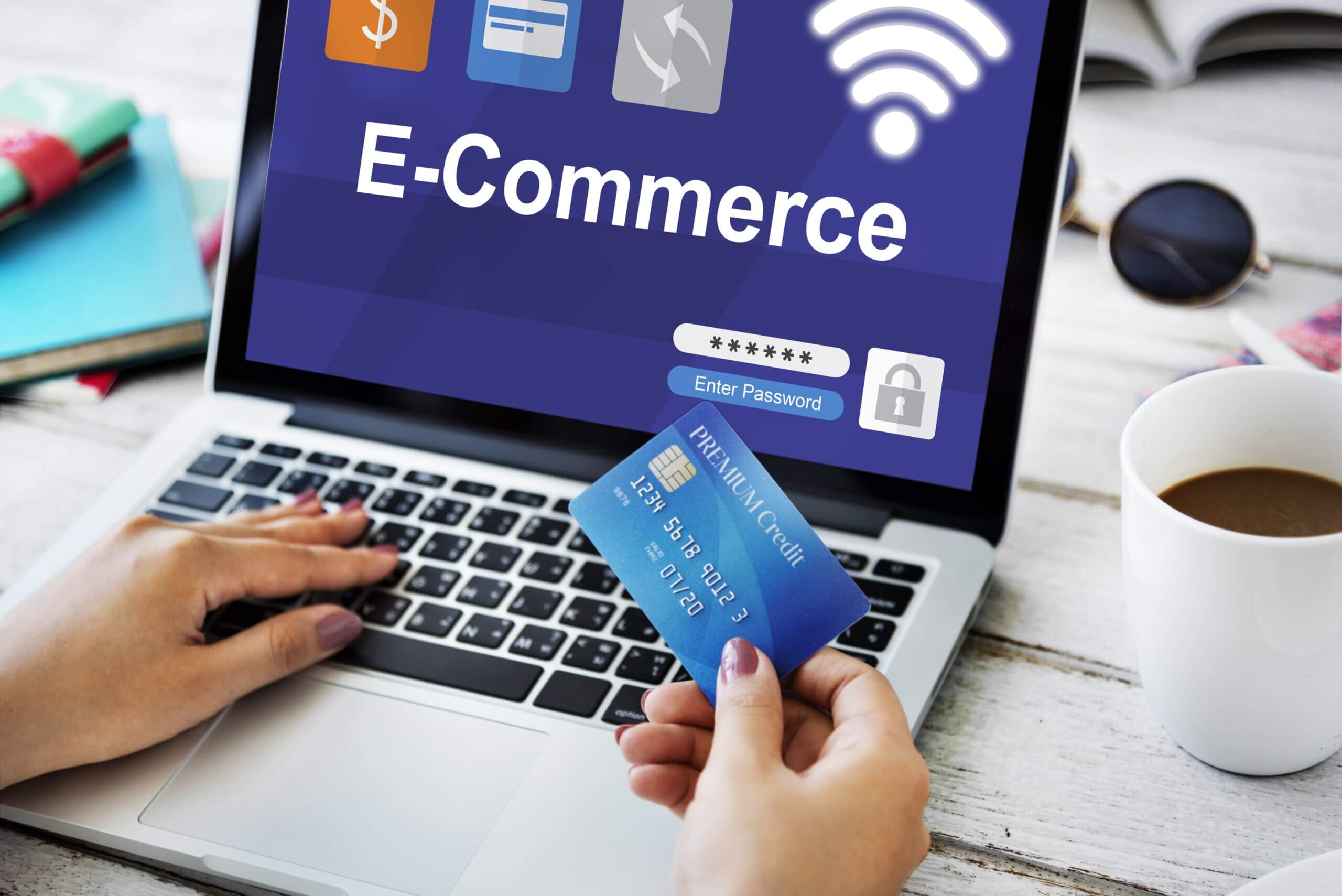All About Sales Sections in This Topic Include Foundations for Successful Sales What is Sales? Understanding the Sales Process Understanding the Sales Cycle Value of Product Knowledge Useful Skills to Have in Sales Useful Business Skills for Salespeople Useful People Skills for Salespeople Understanding Types of Clients and How to Engage Them Types of Clients …
Sales & Marketing/
Sales Management
Telemarketing Sections of This Topic Include Various Perspectives on Telemarketing Telemarketing Problems Also consider Related Library Topics Learn More in the Library’s Blogs Related to Telemarketing In addition to the articles on this current page, see the following blogs which have posts related to Telemarketing. Scan down the blog’s page to see various posts. Also …
It’s a great time for small businesses to expand into online selling, as there’s an expansive range of excellent the best ecommerce platforms software available. But there are so many features and pricing options, it can be difficult to choose one. Use this guide to find the best ecommerce platform so you can jumpstart your …
A business proposal is a documented, formal offer to provide a product and/or service to a potential buyer (a prospect). The proposal can be in response to a formal Request for Proposal (RFP) which is a solicitation issued by the prospect that is seeking bids from providers. The business proposal documents the provider’s bid. Other …
A great sales letter or sales email has the potential to transform your direct marketing campaign and grow sales if the messaging and target audience are aligned.
Negotiation is a part of any business, and a lost contract means lost revenue. Make sure you're not making these mistakes that could cost you your next contract.
Users have reported that the performance of the Salesforce platform magically improves when you use it with Firefox.







